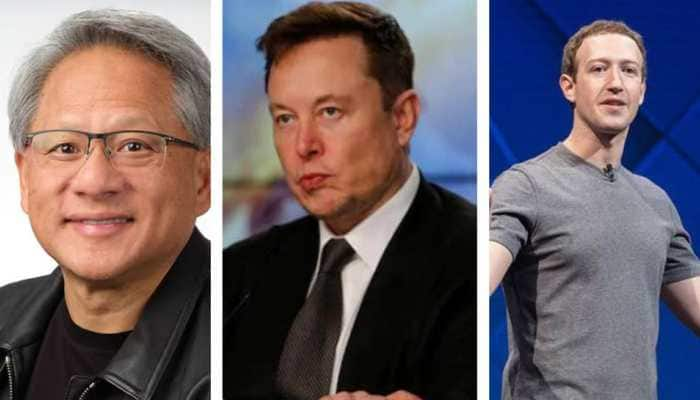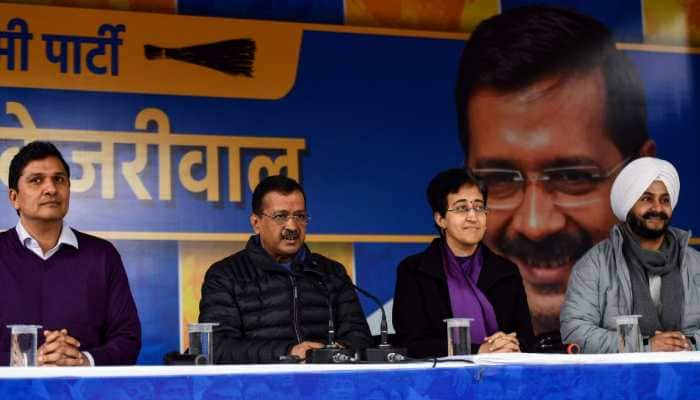Global Lithium shortage can derail increased demand for Electric Vehicles
In the past year, lithium carbonate prices have increased as a result of China's strong demand for lithium carbonate.
- The Serbian government have cancelled licenses for a major lithium project
- Lithium is currently produced from hard rock or brine mines
- Australia is the world's biggest producer of lithium from hard rock mines
Trending Photos
)
Due to the rapid growth of electric vehicles and the use of lithium-ion batteries, lithium is in high demand, but there is a global shortage of the metal, as western countries are racing to develop new mines to compete with China.
Anglo-Australian miner Rio Tinto Plc's lithium project, which Serbian authorities cancelled licenses for on Thursday, is likely to prolong the supply shortage until the middle of the decade, according to industry experts.
Based on data from Australia's Department of Industry, the U.S. Geological Survey, company reports and a Credit Suisse report, the following are some key facts about lithium mines and supply.
Read also: FedEx Express initiates EV trials in India to achieve carbon-neutral operations by 2040
PRODUCTION
Currently, lithium is extracted from hard rock mines or brine mines. With hard rock mines, Australia is the world's leading supplier. Argentina, Chile, and China produce it mostly from salt lakes.
In December, Australia's Department of Industry projected that total global production will be 485,000 tonnes in 2021, 615,000 tonnes in 2022, and 821,000 tonnes in 2023.
According to Credit Suisse analysts, 2022 production is expected to be 588,000 tonnes, and 2023 at 736,000 tonnes, and forecast demand is expected to outpace supply, with 809,500 tonnes of demand in 2022 and 902,000 tons in 2023, with about two-thirds of that going to electric vehicle batteries.
LITHIUM PRICES
Over the past year, lithium carbonate prices have soared due to strong demand from Chinese battery manufacturers. Global top 10 producers Allkem said on Jan 18 it expects pricing in the half-year to June to jump to around $20,000 a tonne at point of loading, up about 80% from the half-year to December 2021.
WORLD`S BIGGEST MINES
There is currently a production capacity of 1.34 million tonnes a year of technical grade and chemical grade lithium concentrate at Talison Lithium in Greenbushes, Western Australia. In the year to June 2022, Pilbara Minerals expects Pilgangoora, Western Australia, to produce 400,000-450,000 tonnes of spodumene concentrate.
Mt Cattlin, Western Australia, owned by Allkem, the company formed from the merger of Orocobre and Galaxy Resources, produced 230,065 tonnes of spodumene concentrate in 2021. Spodumene is produced at the Mibra mine in Minas Gerais, Brazil, owned by Advanced Metallurgical Group. During the year to June 2022, Mineral Resources Ltd's Mount Marion mine in Western Australia is on track to produce 450,000-475,000 tonnes of spodumene.
Atacama Saltar, Antofagasta, Chile, owned by Sociedad Chilena de Minera y Quimica (SQM). This lithium carbonate mine produces 110,000 tons every year.
Located in Qinghai, China, the Chaerhan Lake Mine is owned by Qinghai Salt Lake BYD Resources Development Co, and can produce 10,000 tonnes of lithium carbonate per year.
Tianqi Lithium owns the Yajiang Cuola Mine in Sichuan, China, which can produce 10,000 tonnes of lithium per year.
With Inputs from Reuters
Stay informed on all the latest news, real-time breaking news updates, and follow all the important headlines in india news and world News on Zee News.
Live Tv







)
)
)
)
)
)
)
)
)
)
